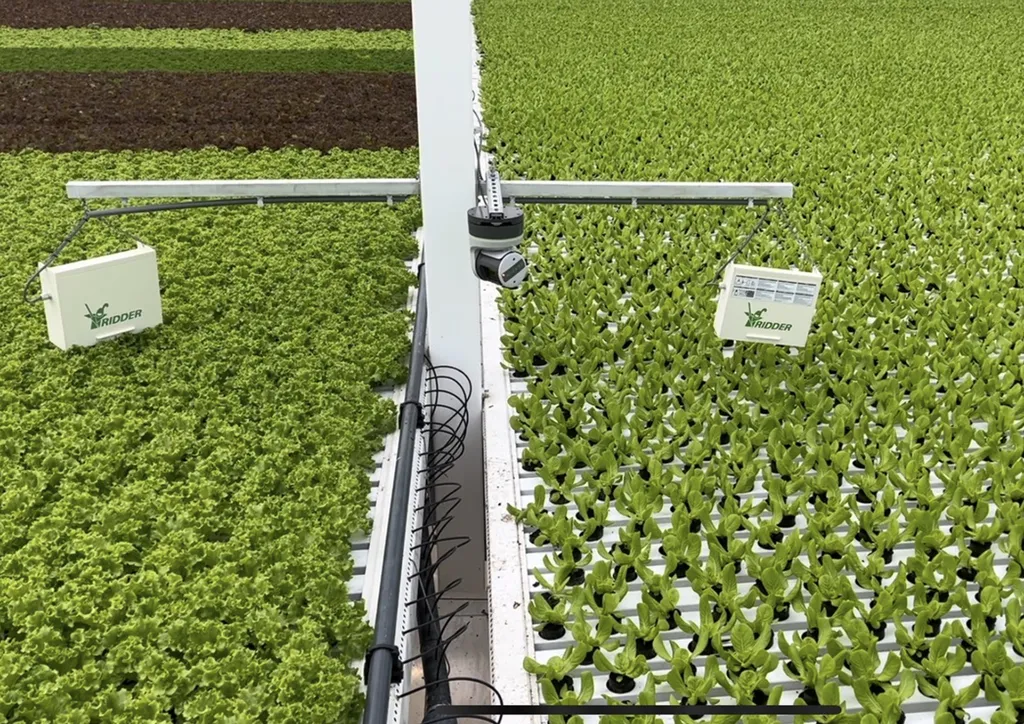Australian researchers are set to revolutionize crop improvement and agronomic practices with a significant boost in high-tech infrastructure. The Grains Research and Development Corporation (GRDC) has invested an additional $4.5 million in the Australian Plant Phenomics Network (APPN), expanding on a previous $2 million investment. This funding, combined with a $60 million contribution from the National Collaborative Research Investment Scheme (NCRIS), will establish a national ecosystem of cutting-edge phenotyping technology for crop research.
The investment will introduce advanced mobile phenotyping technology, a crucial resource for field research. This technology enables researchers to measure observable crop characteristics with unprecedented speed and detail using drones, sensors, and other high-tech equipment. The new infrastructure will support research into plant physiology, disease detection, agronomic constraints, and genetic improvements, ultimately accelerating research outcomes and enabling new avenues of investigation.
GRDC Senior Manager – Enabling Technologies Tom Giles emphasized the importance of this investment in developing and refining algorithms that automate the measurement of key plant traits. This advancement will improve the speed and accuracy of phenotyping at various scales, from individual plants to entire paddocks. The partnership between GRDC and APPN ensures that Australian crop research remains at the forefront of global innovation in digital agriculture and phenotyping science.
The implications for Australian growers are substantial. By accelerating crop improvement and enhancing agronomic practices, this investment aims to boost productivity, manage risks, and support the long-term sustainability of the grains industry. The mobile phenotyping units will be deployed at APPN’s field research nodes across the country, including Adelaide, Gatton, Narrabri, Northam, Perth, and Wagga Wagga. These units will feature a range of high-resolution imaging tools, such as hyperspectral and multispectral sensors, and 3D imaging systems, enabling non-destructive assessment of various plant traits.
APPN’s National Field Phenomics Director Trevor Garnett highlighted the versatility of the mobile phenotyping units, which can analyze crops at different scales, speeds, and resolutions. The consistent technologies across the fleet will allow researchers to collaborate more effectively and ensure data reliability and comparability. This advancement represents a significant leap in Australian plant phenotyping capacity, with far-reaching benefits for the agricultural sector.
The investment will also support pre-breeding and breeding efforts, increasing the speed of genetic improvement for key crop traits. Additionally, it will enable improved outcomes from agronomic research by measuring plant performance that was previously difficult or cost-prohibitive to assess. With this enhanced infrastructure, Australian researchers are poised to make significant strides in crop science, ultimately delivering better outcomes for growers and the broader agricultural industry.

